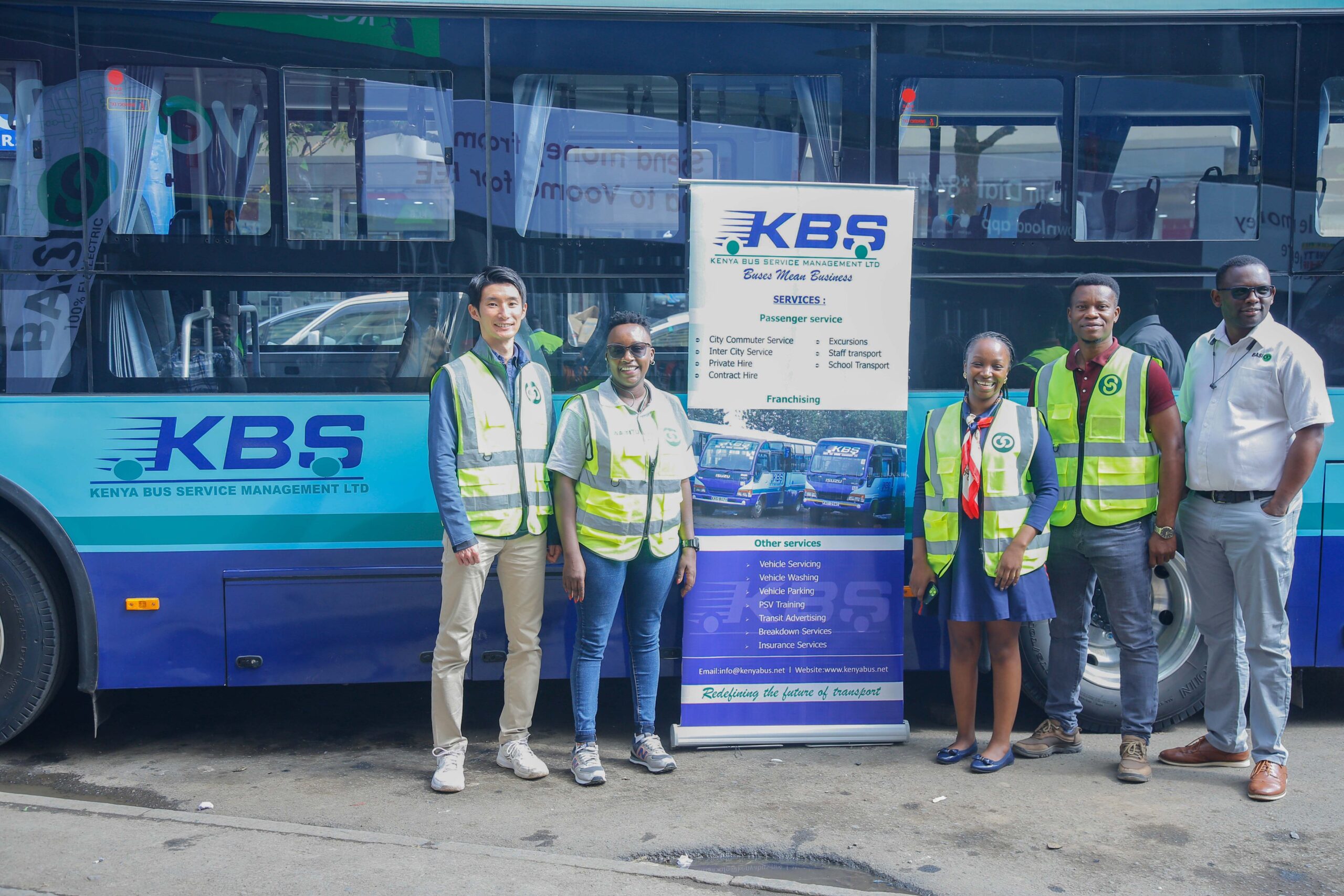Sign up for daily news updates from CleanTechnica on email. Or follow us on Google News!
Renewable energy is upending the relationship between ratepayers and their utilities. It is moving the electricity grid away from dependence on large, top-down centralized power plants and into a new landscape of localized, distributed energy resources, where every ratepayer can play a role in grid services. That can be financially rewarding from the ratepayer’s perspective, and a new report from Deloitte underscores how utilities can benefit, too.
DER, Renewable Energy, & The Electric Home Of The Future
Distributed energy resources (DER) refers to small-scale, local sources of energy, including energy storage. In terms of renewable energy, solar panels are an ideal fit due to their ease of scalability and widespread siting opportunities. Small wind turbines and distributed wind projects also fit into the DER model.
DER complements the building electrification movement. In addition to standalone renewable energy resources, DER includes home energy storage systems, heat pumps, and other electric appliances in addition to rooftop solar arrays and electric vehicles.
Utilities that organize the distributed resources in their service territory can avoid the need to build expensive new gas peaker plants to meet daily cycles of high power demand. Instead, the utility can deploy new grid management tools that provide ratepayers with financial incentives to coordinate their electricity demand, in effect acting as a virtual power plant.
These demand response strategies motivate ratepayers to help balance the grid by shifting their electricity use to different times of the day. Demand response programs can also enable ratepayers to sell excess electricity back to the grid.
Optimizing Renewable Energy
In addition to the potential for cost savings, DER management tools can enable utilities to deploy a grid mix that reduces fossil fuel inputs and maximizes renewable energy. “DER could fundamentally change the way the electric grid works,” the U.S. Department of Energy has observed. “With DER, power is generated right where it is used and can be connected with other DER to optimize its use.”
“Households and other electricity consumers are also part-time producers, selling excess generation to the grid and to each other,” the Energy Department explains, describing how DER is a driver of local generation and consumption patterns.
“Energy storage, such as batteries, can also be distributed, helping to ensure power when solar or other DER don’t generate power,” they emphasize.
Renewable Energy & Ratepayer Engagement
Into this picture steps Deloitte with a new report aimed at advising utilities on the most effective course of action for maximizing DER in their service territory. In addition to the financial benefits, Deloitte underscores the significance of the renewable energy transition for individual households.
“Household energy use is transforming, placing utilities at the center of two important trends: decarbonization and customer affordability,” Deloitte summarizes.
“Individual purchases of smart home appliances, solar and storage systems, and electric vehicles (EV) are exponentially increasing the number of distributed energy resources (DER) that can generate, store, or flexibly draw energy from the grid,” the firm adds.
The report also encourages utilities to advocate for a regulatory framework that supports their DER plan. Households are driving the purchase of electric appliances and vehicles, so Deloitte advises utilities to focus on benefits to ratepayers.
The firm also notes that a successful DER network can avoid costs associated with new transmission and distribution infrastructure, in addition to forestalling new fossil-fueled power plants.
“…if utilities successfully engage customers, they could harness DER to help meet peak demand with clean energy and provide essential grid services, while equitably sharing revenue and resilience benefits with households and placing downward pressure on rates,” Deloitte explains.
“This is the case utilities should make to secure regulatory backing for DER integration plans,” Deloitte concludes, encouraging utilities to “focus on affordability first.”
Texas, Of Course
Of course, no mention of DER would be complete without a mention of Texas, where wind and solar resources are abundant and the regulatory environment favors innovation in the renewable energy space.
Back in 2020, CleanTechnica had an opportunity to learn how startups are pitching DER, ratepayer engagement, and opportunities for optimizing renewable energy in Texas, in a conversation with Evolve Energy founder Michael Lee. His company was acquired by the the sprawling UK firm Octopus Energy, which leverages DER to provide its customers with the cheapest available rates for renewable energy.
“People have a hard time understanding kilowatts but they understand cash,” Lee told CleanTechnica, summing up the DER movement in a nutshell.
Since then, energy planners in Texas have stepped up their game. In May of this year, for example, the University of Texas at Arlington received a $1.6 million federal grant to partner with US Department of Energy’s Pacific Northwest National Laboratory under the umbrella of an ongoing research program called the Texas Aggregated Distributed Energy Resources Pilot Project. The program was launched in 2022 under the authority of the state’s Public Utility Commission.
“ADER is the aggregation of behind-the-meter energy devices and capabilities that can be called upon to accomplish an action, such as reducing energy consumption or providing more energy,” the University of Texas explains.
The ADER program goals include increasing grid reliability and resilience, undoing transmission bottlenecks, reducing utility bills, and supporting more renewable energy production in Texas.
UTA notes that utilities, utility commissions, independent system operators, aggregator providers, and retail electricity providers are among the stakeholders collaborating in the effort through the ADER task force. That includes the Texas-based energy delivery firm CenterPoint Energy as chair of the task force.
CenterPoint Energy is an interesting choice as chair. The company bills itself as the “only investor owned electric and gas utility based in Texas,” but its service territory spreads far beyond the state borders to include more than 7 million ratepayers distributed among Indiana, Louisiana, Minnesota, Mississippi, and Ohio as well as Texas.
More Renewable Energy For Texas & Beyond
The size and reach of CenterPoint reflects the Energy Department’s broader aim of bringing regional and state wholesale electricity markets up to speed on DER, in Texas and beyond. “The project objectives are highly aligned with our task force,” noted CenterPoint VP for government affairs Jason Ryan in a press statement.
Tesla is also represented as vice chair of the task force. In a task force meeting last August, the company indicated that the ADER program is progressing from its initial stages into the phase of supporting “investment grade” participation in the DER landscape by a broad range of stakeholders including federal funding for low income housing as well as private sector companies.
Stay tuned for more (much more) renewable energy news from Texas, where renewable energy investments are running hot despite the state’s leading position in the fossil energy sector.
Follow me @tinamcasey on Bluesky, Threads, Instagram, and LinkedIn.
Image: The US Department of Energy is encouraging a new “prosumer” model that enables ratepayers to participate in grid management by leveraging small-scale, distributed and renewable energy resources (courtesy of US DOE).
Have a tip for CleanTechnica? Want to advertise? Want to suggest a guest for our CleanTech Talk podcast? Contact us here.
Latest CleanTechnica.TV Videos
CleanTechnica uses affiliate links. See our policy here.





